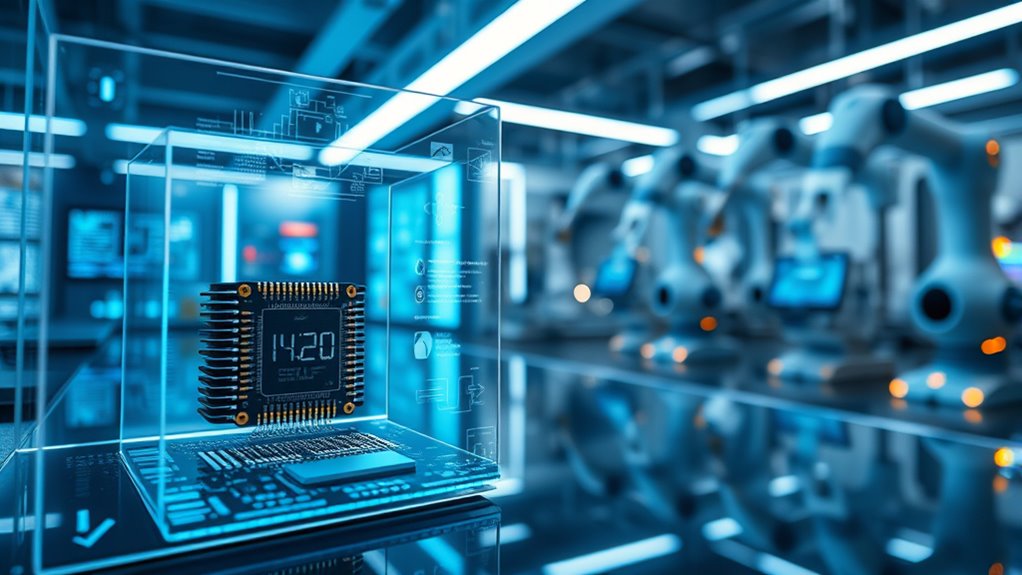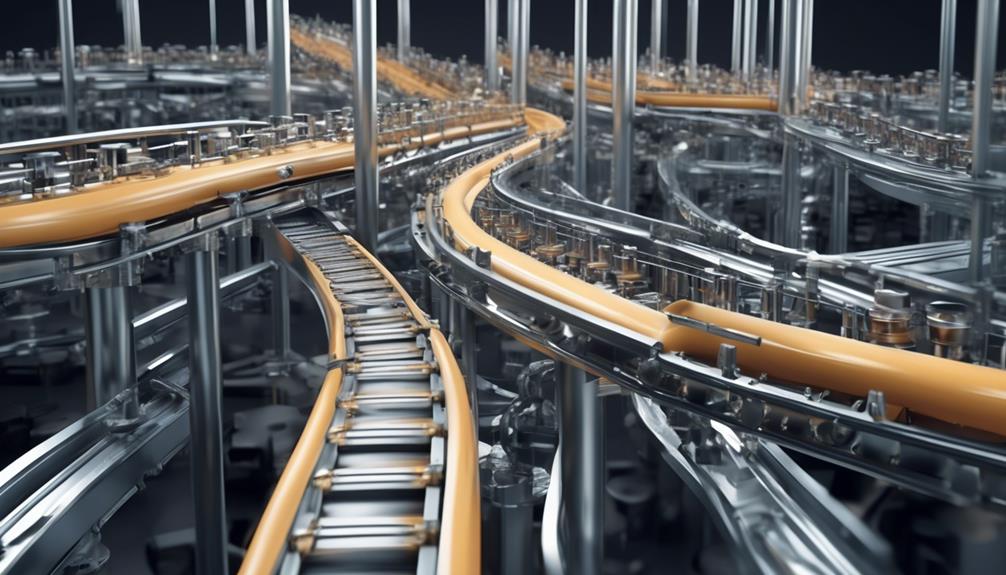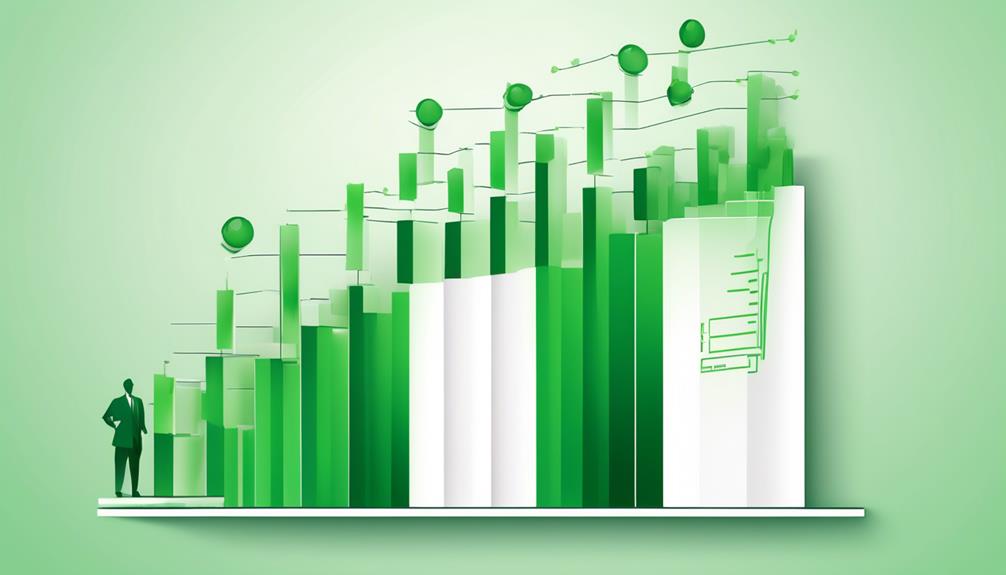Self-healing test automation is a real and emerging technology that helps your tests adapt automatically to application changes, reducing maintenance and increasing reliability. It uses adaptive algorithms to recognize UI patterns and correct issues on the fly, minimizing false failures. While promising, its effectiveness depends on proper setup and continuous fine-tuning. As this technology advances, you’ll see even smarter solutions that boost testing efficiency further—discover how these innovations work and can benefit your testing efforts.
Key Takeaways
- Self-healing test automation uses adaptive algorithms to dynamically adjust tests, reducing maintenance and increasing resilience to application changes.
- It offers significant benefits like faster test updates, fewer false failures, and more reliable feedback on application health.
- Challenges include initial setup complexity, potential false positives, and ongoing fine-tuning as applications evolve.
- Future advancements in machine learning and smarter algorithms will enhance the accuracy and effectiveness of self-healing automation.
- Proper tool selection and continuous monitoring are essential to maximize the benefits and ensure the long-term success of self-healing testing.

Self-healing test automation is transforming the way teams ensure software quality by enabling tests to adapt automatically to changes in the application. Instead of constantly rewriting scripts when the UI or workflows shift, your testing framework leverages adaptive algorithms to identify and correct issues dynamically. This approach minimizes maintenance challenges, allowing your team to focus on more valuable tasks rather than troubleshooting outdated test cases. By integrating adaptive algorithms, self-healing tools analyze the structure of your application, recognize patterns, and adjust test steps in real-time, reducing false positives and test failures caused by minor updates.
Self-healing automation adapts tests in real-time, reducing maintenance and increasing reliability.
The core advantage here is resilience. Traditional automation scripts can break with every UI change, requiring you to spend hours or even days fixing tests. With self-healing capabilities, your tests are smarter—they learn from changes, interpret the intent behind UI modifications, and adjust their actions accordingly. For example, if a button’s ID changes or a new menu appears, the adaptive algorithms detect these alterations and reroute the test flow without manual intervention. This capability not only saves time but also ensures consistent test execution, providing more reliable feedback on your application’s health.
Additionally, the ability to detect UI changes automatically is crucial for maintaining test reliability in dynamic development environments. However, implementing self-healing automation isn’t without its challenges. Maintenance challenges still exist, especially in the initial setup phase, where configuring the adaptive algorithms to accurately interpret your application’s specific behavior can be complex. If the algorithms are too rigid or poorly tuned, they might misinterpret changes, leading to false passes or failures. Furthermore, as your application evolves, the adaptive system needs continuous fine-tuning to stay effective, requiring ongoing monitoring and adjustments. Despite these hurdles, the long-term benefits of reducing manual test maintenance and increasing test robustness outweigh the initial effort.
It’s also important to recognize that the success of self-healing automation depends on the sophistication of the algorithms used. Not all solutions are equally capable; some may rely on simple heuristics that only handle superficial changes, while others employ advanced machine learning techniques to understand deeper UI structures and workflows. Selecting the appropriate tool involves evaluating how well these adaptive algorithms can handle your application’s complexity and the frequency of changes you expect.
Frequently Asked Questions
How Does Self-Healing Automation Impact Team Collaboration?
You might wonder how self-healing automation impacts team collaboration. It can boost team synergy by reducing manual debugging, allowing members to focus on higher-level tasks. However, it might also introduce communication barriers if team members rely too heavily on automation, potentially leading to misunderstandings. Overall, when integrated well, self-healing automation can streamline workflows and foster better collaboration, but it requires clear communication and shared understanding.
What Are the Limitations of Current Self-Healing Test Tools?
Imagine a tool that’s supposed to fix itself—sounds perfect, right? But current self-healing test tools have limits. They often struggle with test accuracy, misidentifying issues or overcorrecting, which hampers reliable results. Additionally, scalability remains a challenge; many tools can’t handle large, complex test suites efficiently. So, while promising, these tools still need improvements to meet the demands of diverse testing environments.
Can Self-Healing Tests Replace Manual Debugging Entirely?
You might wonder if self-healing tests can completely replace manual debugging. While they improve test accuracy and enhance debugging efficiency, they aren’t foolproof. Self-healing tools can handle many issues automatically, but complex bugs often need human insight for accurate diagnosis. So, don’t rely solely on automation; combining it with manual debugging guarantees the best results for your testing process.
How Secure Is Self-Healing Test Automation Against Cyber Threats?
You wonder how secure self-healing test automation is against cyber threats. While it offers benefits like quick recovery from errors, it’s vulnerable to cyber attacks that could compromise data privacy. Attackers might exploit vulnerabilities to access sensitive information or disrupt testing processes. To stay protected, you should implement strong security measures, regular updates, and monitor for potential threats, ensuring your automation remains resilient against cyber threats.
What Industries Are Most Likely to Adopt Self-Healing Automation First?
Imagine industries juggling manufacturing efficiency and healthcare diagnostics—these sectors are prime candidates for early adoption. You’ll see manufacturing embrace self-healing automation to reduce downtime and boost productivity, while healthcare benefits from more reliable diagnostics. Both industries face high stakes, making resilience essential. By adopting such technology first, they set a precedent, transforming operations and patient care through smarter, adaptive systems that minimize manual intervention and errors.
Conclusion
As you embrace self-healing test automation, imagine a world where your tests adapt like a resilient forest weathering storms, yet still face challenges like unpredictable weather. It’s a future where automation is both a steady lighthouse guiding you and a living organism evolving with each change. While it’s not perfect, this blend of fact and fiction promises a landscape where your tests grow smarter, more resilient—transforming chaos into calm, and doubt into confidence.









